The “5 Films” series is a brief list of recommended films based on a particular theme or genre, usually sparked by something of relevance in our present-day culture.
“Art enables us to find ourselves and lose ourselves at the same time.” So says Thomas Merton. I tend to agree. Art challenges, inspires, critiques, affects. The medium of film–the seventh art–has been employed to explore the creative process. There are so many movies to consider here–I could have chosen almost any of Olivier Assayas‘ films–but limited the focus to the artist’s creative process, did not include films about filmmaking itself (Singin’ in the Rain, 8 1/2, Day for Night, Close-Up, Barton Fink, Irma Vep), and aimed for a variety of mediums (painting, dance, food, etc.). In a present-day political reality where public funding for the arts is in jeopardy and those in political power question the value of artistic pursuits, these films suggest that art and the creative process is a genuine benefit to human flourishing, one worth our investment.
Here are 5 films about art and creativity, listed in chronological order:
The Red Shoes (1948, Michael Powell & Emeric Pressburger). I am, admittedly, not a huge fan of ballet. It’s an artistic form I can appreciate, but have rarely enjoyed…until I watched Powell and Pressburger’s The Red Shoes. Focused on a tragic love triangle between an ambitious composer, a haughty ballet producer, and an elegant young ballerina, The Red Shoes serves as a cinematic parable highlighting both the value and the potential cost for producing great art. The ballet performance at the center of the film is simply marvelous, and The Red Shoes is a perfect amalgamation of so many art forms–dance, music, story-telling, theater, all united by the medium of film.
Andrei Rublev (1966, Andrei Tarkovsky). An art film about an artist, Tarkovsky’s epic about the Orthodox iconographer is a difficult film to watch, let alone to comprehend. (Confession: I’ve yet to sit through the entire movie!) But because a work of art is difficult for the audience doesn’t mean it is absent of meaning or importance. If anything, the struggle for both the artist and the consumer of the art are worth considering in equal measure, and Andrei Rublev addresses this struggle in an appropriately perplexing manner.
Ratatouille (2007, Brad Bird). I can think of few films which explore the relationship between the critical view of the art vs. the artist, as well as the critic/artist dynamic, as well as Pixar’s Ratatouille. While its premise is a bit silly–a Parisian rat wants to cook delicious food and partners with a lowly human to become an award-winning chef–its ideas about the creative spirit are apt and wise. I especially love the depiction of food critic, Anton Ego, and his ferocious love for the beauty that can be found in a good meal.
Cave of Forgotten Dreams (2010, Werner Herzog). There are so many documentaries worth considering for such a list–Exit Through the Gift Shop, My Kid Could Paint That, Tim’s Vermeer, F is for Fake–but I’ve chosen Herzog’s for its sense of wonder and mystery. The Chauvet Cave in southern France is home to the earliest known human paintings, preserved in the cave for over 30,000 years. The paintings themselves are a marvel to behold, with incredibly detailed and intricate depictions of animals and human beings in motion. Of course, Herzog has his own philosophical musings in the narration, which are always quirky and thought-provoking. Best seen in 3-D in theaters, the film is nonetheless worth seeking out for home viewing as well.
The Mill and The Cross (2011, Lech Majewski). Majewski’s film centers on 16th-century painter Pieter Bruegel the Elder and his painting, The Procession to Calvary. Portrayed by Rutger Hauer, Bruegel is incarnated within the world of his painting as its characters come to life and interact with one another, each scene focused on a different corner of the immense and complex painting. With a special attention to detail, as well as a significant spiritual element–the film has such a unique and memorable depiction the crucifixion of Christ–The Mill and The Cross, like the painting that inspired it, is worth pondering and discussing.
What films about art and creativity would you include? Share in the comments!
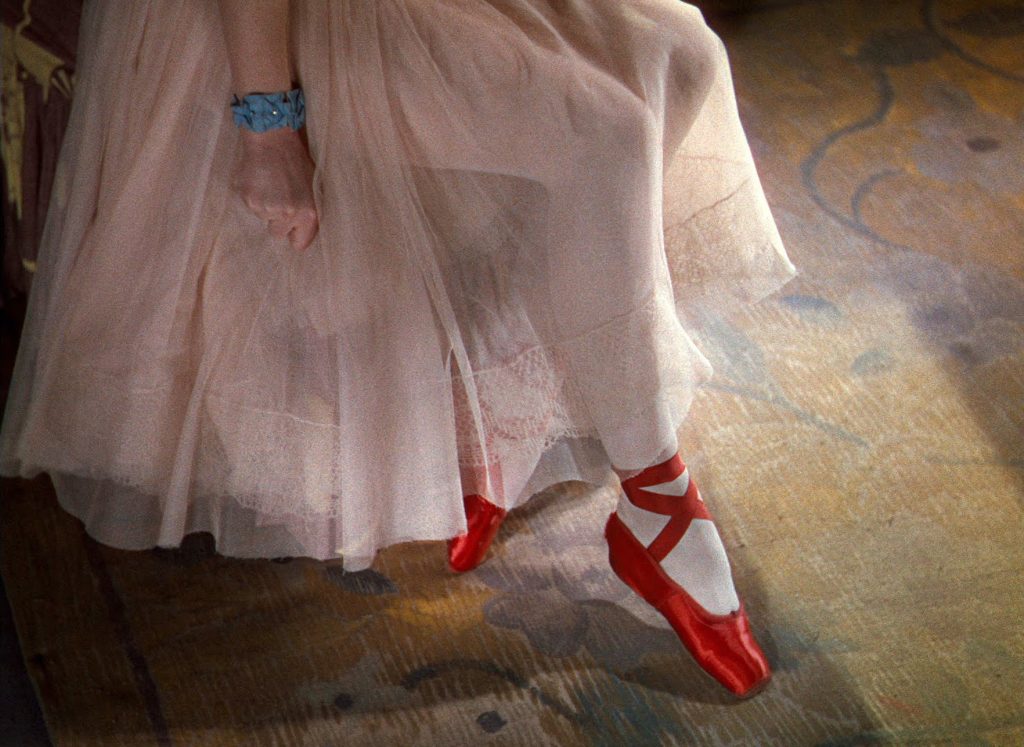
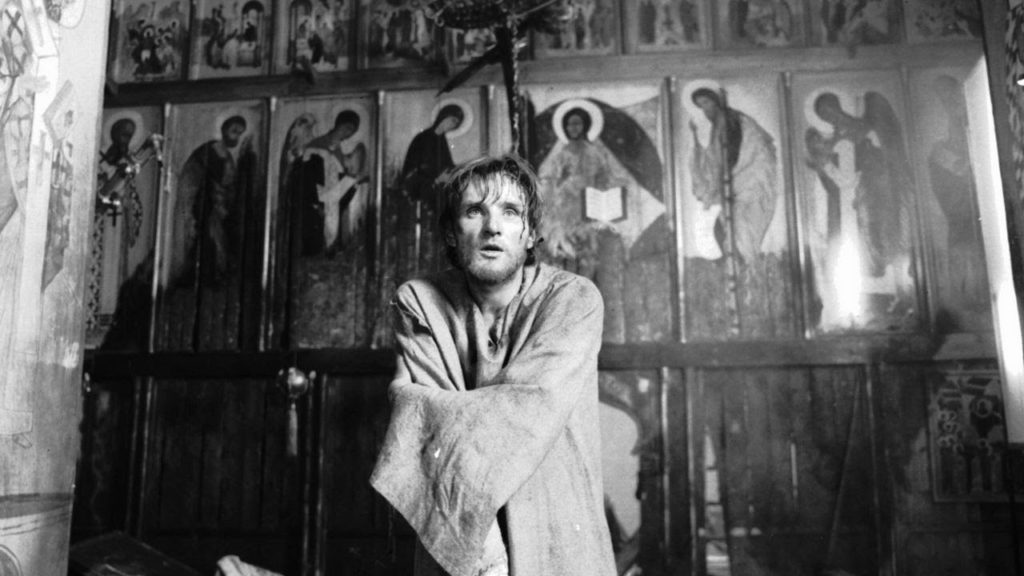
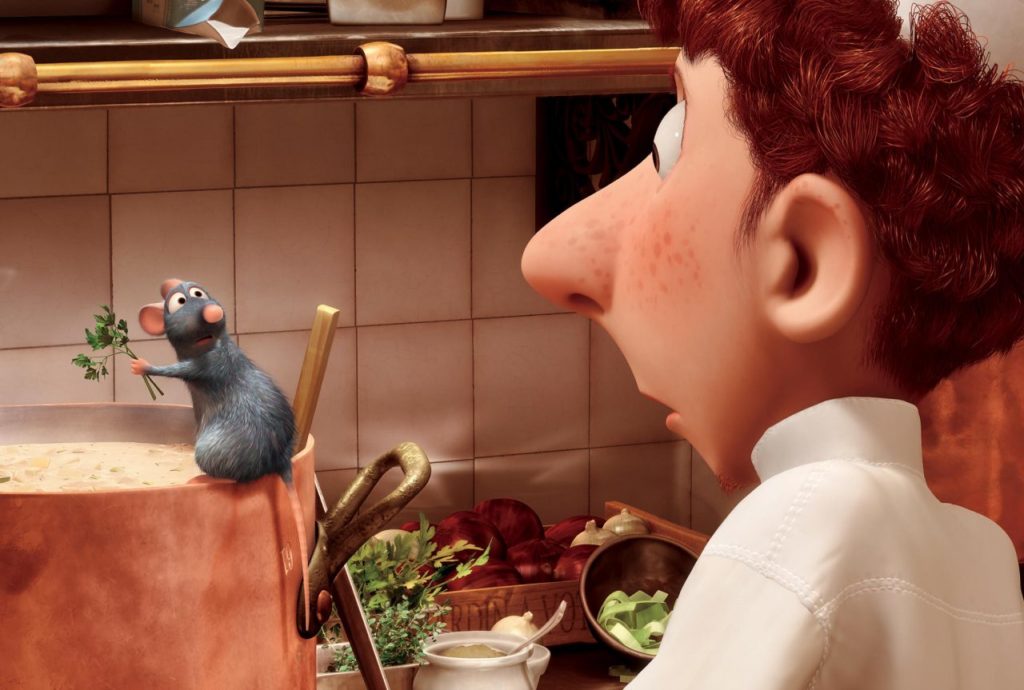
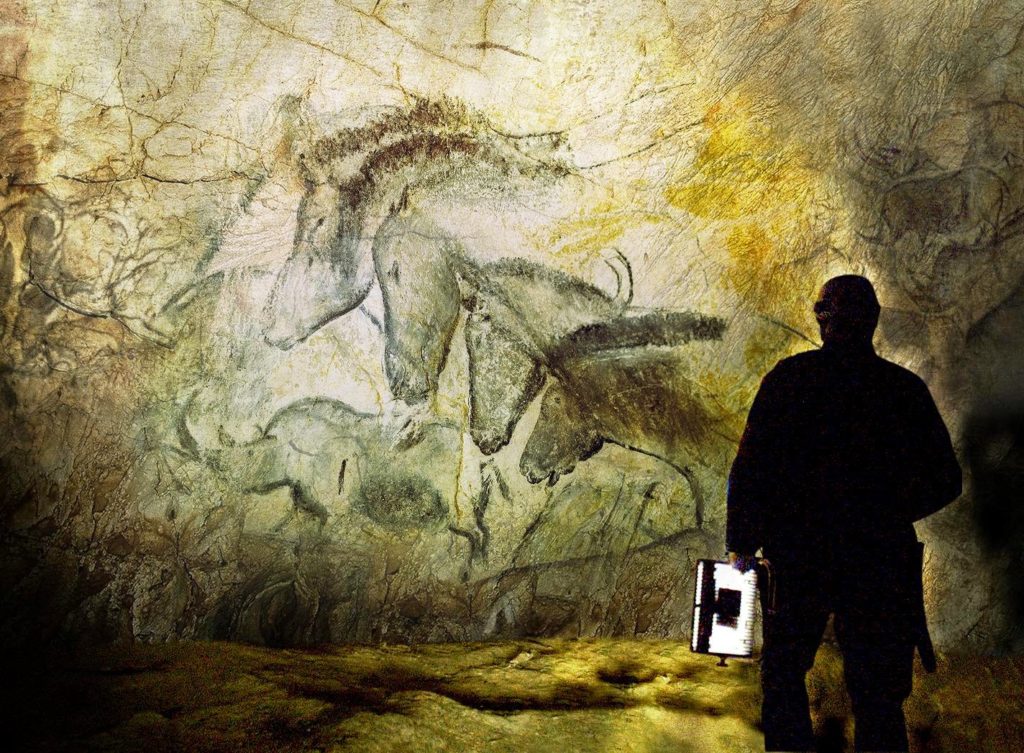
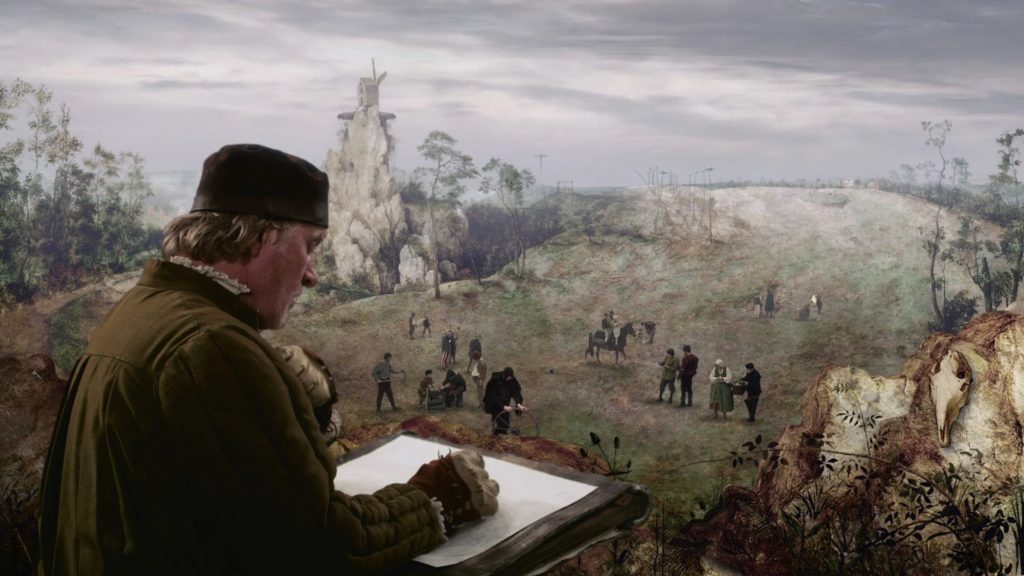
Leave a Reply